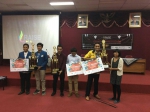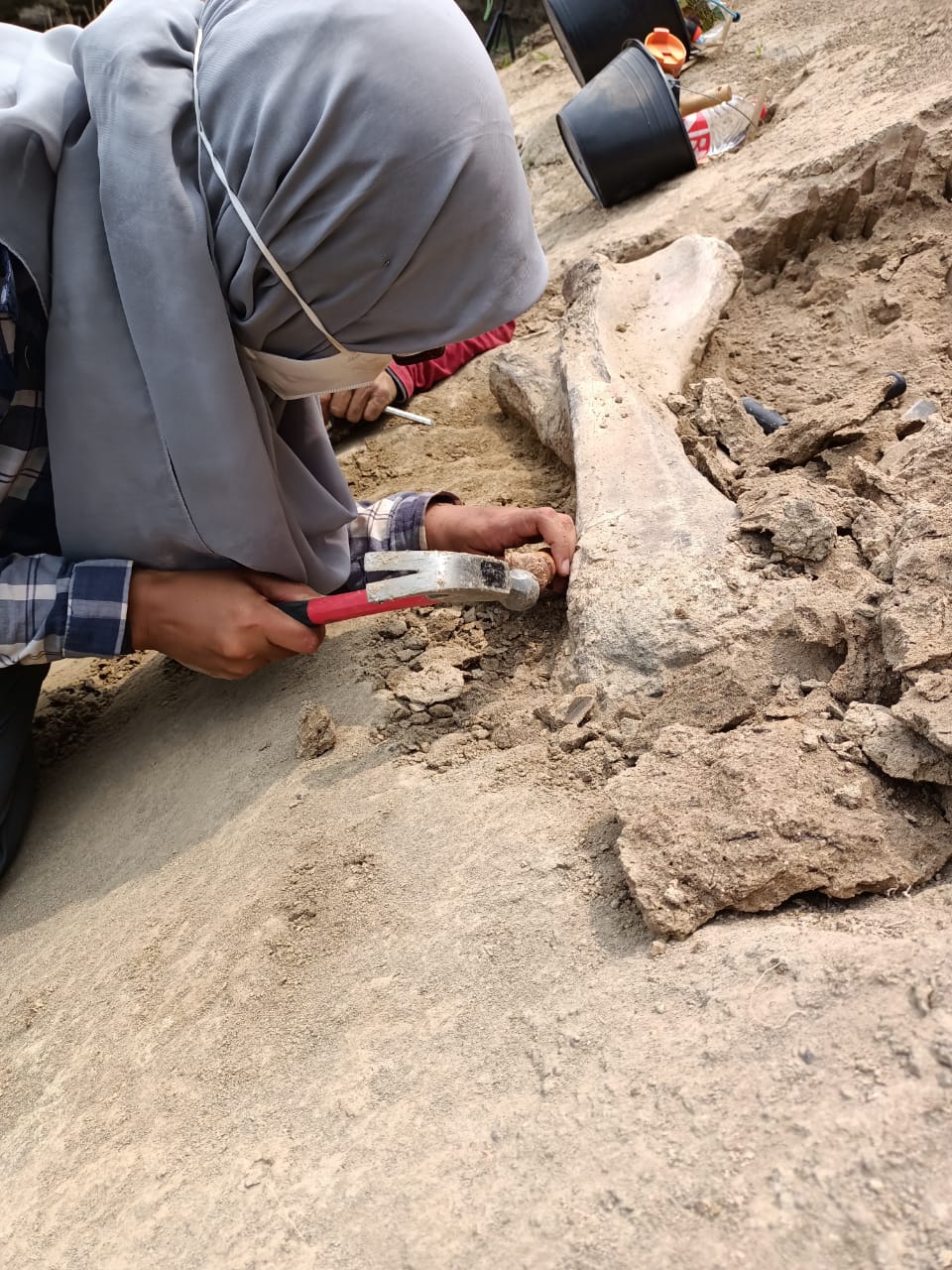FIT ITB General Lecture Discusses a New Breakthrough in Handling the Textile Industry in Indonesia
By Adi Permana
Editor Adi Permana

BANDUNG, itb.ac.id – Faculty of Industrial Technology Institut Teknologi Bandung held a general lecture with the title “Anaerobic and Aerobic Biological Textile Wastewater Treatment” on Wednesday (6/30/2021). This General Lecture presented Dr. Takahiro Watari and Huong T. Nguyen, Ph.D from Nagaoka University of Technology.
Meanwhile, Prof. Tjandra Setiadi from Chemical Engineering ITB was present as the moderator. This general lecture talks about a new breakthrough in handling the textile industry in Indonesia.
The textile industry in Indonesia alone has contributed 2.18 percent of the National GDP and employs more than 3.7 million workers. This figure is expected to continue to increase due to the fast fashion trend that has been going on for several years. However, the growth of the textile industry is not without problems. Poor waste management results in the contamination of rivers and water sources with hazardous chemicals.
“To produce 1 kilogram of apparel, more than 200 liters of water needed throughout the process. Of all these processes, the coloring step is the most worrying,” said Dr. Huong.
Dr. Huong added, the competition that occurs between covalent bonds and hydrolysis reactions causes about 30-50 percent of textile dyes to not be absorbed and instead pollutes the environment.
According to Dr. Huong, before textile waste can be safely disposed of, it must go through a decolorization process first. He said that currently there are two methods commonly used in the decolorization process, namely the physical method and the oxidation method. Both of these methods have their respective drawbacks, namely the high cost of the physical method and hazardous by-products of the oxidation method.
Dr. Huong continued by explaining the results of his research on the anaerobic textile waste treatment method. The method which combines the Anaerobic Baffled Reactor (ABR) and the Down-Flow Hanging Sponge (DHS) Bioreactor utilizes bacteria to break down the remaining textile dye content. He explained that the compartment system in ABR resulted in bacteria growing better, so it could reduce the level of Chemical Oxygen Demand (COD) by up to 80 percent.
"DHS bioreactors have great potential as an effective solution with low-cost for waste treatment in developing countries," added Dr. Takahiro, who is researching this technology.
The sponge medium used in the DHS bioreactor allows the aerobic and anaerobic zones to be in one compartment, so that it can accommodate both anaerobic and aerobic bacteria. Another advantage of this technology is that it can produce water with a higher dissolved oxygen content without the need for an aerator and with much less sludge.
For the closing, Dr. Takahiro demonstrated the ABR-DHS system which was successfully applied in a textile factory in Chimahi. The waste products that are processed using this system can fulfill all of the legal regulations to be discharged into the Citarum River.
Reporter: Favian Aldilla (Teknik Sipil, 2019)
Translator: Aghisna Syifa Rahmani (TPB SITHS 2020)

.jpg)
.jpg)
.jpg)
.jpg)
.png)



